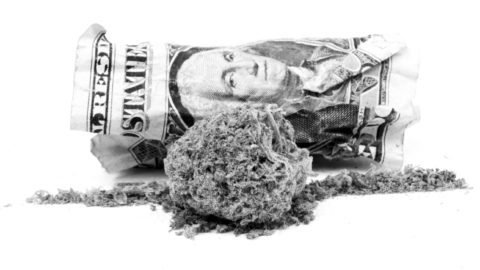A jointdeclaration in February by Governor Andrew Cuomo and Mayor Bill de Blasio, stating that drivers entering Manhattan’s business core should pay a fee, will likely impact the lives of millions of NYC residents and visitors. Under the plan, electronic-tolling devices would be installed around the district south of 61st Street by 2020, with discounts for off-peak travel.
Despite this rare agreement between Cuomo and de Blasio, issues abound, including the ultimate question: Will lawmakers approve the concept? If so, will parents be able to drive a child to school without charge? (Probably not, except under special circumstance.) Will the plan add to an already expensive cost-of-living? (Probably, yes.) Will Manhattanites and commuters forsake cars for mass transit? (Only if the fees help make the system more reliable.)
“Nothing is more important to the region’s future economic health than modernizing our transportation system, including elimination of excess traffic congestion,” said Kathryn Wylde, president of the Partnership for New York City, an organization of corporate chief executives.
Whether big business will lend broad backing to the plan is still uncertain.
“Everyone agrees we need a dedicated funding stream to finance the Metropolitan Transportation Authority, but differences arise depending upon where you’re from and who you represent,” said state Senate Deputy Majority Leader Michael Gianaris, who supports congestion pricing. “Suburban members will want their commuter rails improved. People who live in transit deserts will want their constituents protected.”
Gianaris said the commuters he represents ride the subways and know “just how serious the mass transit crisis has become, and they know that congestion inside Manhattan has also reached the crisis point. Something must be done.”
Congestion pricing has been debated in NYC for decades. Cuomo began focusing on the problem in 2017, after months of subway breakdowns, fires and derailments caused frequent delays. The 100-year-old system’s problems are the result of decades of deferred maintenance and underfunding, and damage to track and equipment from Hurricane Sandy in 2012. New York Transit Authority President Andy Byford has said it would cost $40 billion over 10 years to get the system up to 21st century standards.
Previous congestion pricing studies estimated it could raise about $1 billion a year – based on an $11.52 Manhattan entry fee – to be leveraged into $15 billion through municipal-bond sales for subway improvements. Under the Cuomo-de Blasio agreement, more revenue would be raised through a new internet sales tax and a portion of the taxes on yet-to-be-legalized marijuana sales.
Traffic congestion in the central business area costs the city economy about $20 billion a year, according to a report released in 2018 by the Partnership for New York City.
“[Our plan] has variable tolling, so we can encourage people to drive in non-peak hours,” Cuomo said. “We can encourage deliveries to come in at non-peak hours.”
Under the new proposal, subways would be given spending priority for the dedicated revenue generated by congestion pricing, which would be used to install new signaling technology, purchase subway cars, repair tracks and cars and enhance accessibility.
Source: Bloomberg






